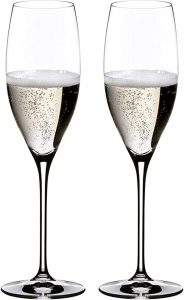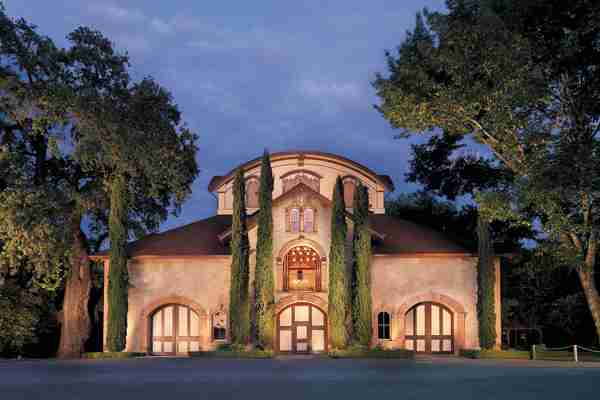champagne vs sparkling wine: what’s the difference?
There are two kinds of sparkling wine in this world. Champagne and Not-Champagne. Only Champagne is Champagne. So what’s the difference between Champagne and sparkling wine? Is it more than simply where it’s made?
Flashback: There was a time in my life (back in my early 20s, when I knew everything), when I would have said I didn’t like Champagne.
In my defense, I wasn’t drinking Champagne. I was drinking Not-Champagne.
College kids aren’t popping open bottles of Bollinger. If it had bubbles, it was beer.
And if we were feeling particularly fancy, someone might have splurged on a bottle of André Blush (anything pink, spelled with an accent over a vowel is fancy), which is decidedly Not-Champagne.
During the WSET Diploma unit on sparkling wines, my instructor suggested we try bulk/volume brands of sparkling wine, so we have a basis for comparison against higher-end, traditional method wines.
Anything in the name of research.

Is Sparkling Wine The Same As Champagne?
The top selling sparkling wines in the United States are Korbel, Cooks, and Barefoot Bubbly.
So I headed over to Total Wine (wearing sunglasses and a big dumb hat) and bought all of them.
Plus Yellow Tail, because of that damn kangaroo. Somehow, I ended up with Totts instead of Cooks, but whatever.
I find it super annoying that some American volume bubble producers insist on using the name Champagne on their labels.
You’d never get away with that in France.
It’s totally legal due to a loophole, but kind of classless.
Wine Labels, The Treaty Of Versailles And The EU Trade Agreement
When the Treaty of Versailles was signed in 1919 (ending World War I), it included a provision protecting the name Champagne (the word Champagne could only be used to refer to sparkling wine made in the Champagne region of France, using the traditional method).
But, since the US never ratified that treaty, we aren’t technically a party to it.
Fast-forward to 2006, when the United States signed a trade agreement with the European Union.
In it, the US agreed to stop using generic wine terms like Champagne (also Burgundy, Chianti, Chablis and Port).
Yep, this totally happened.
But anyone who had a label approved prior to 2006 could continue to use the term. It makes the CIVC (Comité Interprofessional du vin de Champagne) insane. I totally get it.
Methods To Making Sparkling Wine
Grossly simplifying, there are four basic methods to make sparkling wine. Wine Folly makes a badass diagram.

- Traditional (or Classic) Method: A second fermentation takes place in the bottle.
- Transfer Method: A second fermentation in bottle, but then transferred to tank and rebottled under pressure.
- Tank Method: A second fermentation takes place in a giant tank. Much cheaper than traditional method.
- Carbonation Method: This is exactly what you think it is. CO2 is injected into the wine while it’s in a giant tank. For El-Cheapo wines.
It’s nearly impossible to find method of production information for volume/bulk brands (injecting bubbles into wine isn’t something you brag about on the label).
With the exception of the Korbel, all of these wines are almost assuredly made using tank or carbonation method.
As far as the grape varieties go?
Again, Korbel is the exception, but think “mystery grape salad” for the rest.
Buy Riedel Coupe Glasses Now On Amazon
Yellow Tail Bubbles
Pale, almost colorless. What is UP with this froth? Is it beer? The bubbles sting my nose, wow are they aggressive. Smells like toasted cardboard and sweet grass.
Flavors are pretty neutral — tastes like lemon Lacroix water. Also this wins for most maddening closure ever.
Retail = $7ish.
Drinkability: It could be worse. Needs orange juice.
Barefoot Bubbles Extra Dry Sparkling Champagne
Colorless. Again with the froth. Smells like Brach’s lemon drops. Wow, these bubbles are huge. My nose stings. Again. Aggressive and harsh.
Like if someone melted Jolly Ranchers and then carbonated them. Genuinely terrible. Tastes like a headache. Not even orange juice could make this better.
Retail = $8ish.
Drinkability: Nope.
Tott’s Brut Champagne California Brut
Reminds me of the obligatory bottle of sparkling white grape juice that mom and dad used to serve at the kids table at Thanksgiving. Smells like a bruised apple that someone left on the counter overnight.
Tastes remarkably neutral. I’m really struggling to find anything in this glass. Structurally, there’s zero acid. Weird, bitter finish. Calling this Brut is a bit of a stretch, too. It’s a hot mess.
Retail = $8ish.
Drinkability: Maybe in punch. Maybe not.
Korbel Russian River Valley Champagne Natural
Pale gold. The least frothy of the bunch. Made with Chardonnay and Pinot Noir grown in the Russian River Valley, using the traditional method.
Actually, this isn’t bad. It’s not going to be anyone’s epiphany moment for sparkling wine, but it doesn’t taste like regret.
Green apple and citrus flavors with a dash of buttered toast. A neutral baseline of acidity. Not especially complex, but drinkable.
Retail = $10ish.
Drinkability: Sure.

Buy Riedel Vintage Champagne Flutes Now On Amazon
My surprise takeaway here is that Korbel is totally drinkable. I probably won’t serve it at Thanksgiving, but if someone handed me a glass at a New Year’s Eve party (and there was no actual Champagne around), I’d drink it. er mattis, pulvinar dapibus leo.
Champagne Vs Sparkling Wine FAQ
What is different between Champagne and sparkling wine and Prosecco?
Wine can only be called Champagne if it comes from the region of Champagne, France, whereas Prosecco is a sparkling wine mostly made in the Veneto region, Italy. In America, some labels use Champagne but it is sparkling wine. Other labels will state “made using Champagne methods”.
Is sparkling wine cheaper than Champagne?
The most expensive Champagnes can cost thousands, while sparkling wine is often much more affordable. This all comes down to the grape quality as well as the methods used to produce the sparkling wine.
Is Sparkling Brut a Champagne or wine?
When winemakers refer to brut wine, they are referring to the style of wine, rather than any particular variety. Brut sparkling wine refers to a dry sparkling wine. Brut is also a term that’s used to describe Champagne.
Is Cooks a good brand of Champagne?
Cook’s Sparkling Sweet Rose blush wine is medium-sweet with crisp fruit flavors, complexity, and a long, smooth finish. This sparkling wine has a brilliant pink color with flavors of juicy strawberry and raspberry.
Is Korbel Champagne good?
Made with Chardonnay and Pinot Noir grown in the Russian River Valley, using the traditional method. Actually, this isn’t bad. It’s not going to be anyone’s epiphany moment for sparkling wine, but it doesn’t taste like regret. Green apple and citrus flavors with a dash of buttered toast. A neutral baseline of acidity. Not especially complex, but drinkable.
Is Cook’s Champagne real Champagne?
I find it super annoying that some American volume bubble producers insist on using the name Champagne on their labels. It’s totally legal due to a loophole, but kind of classless.
How is Cook’s Champagne rated?
Total Wine gives is a 4.5 out of 5. Go for
Is Korbel Champagne real Champagne?
It’s not actually Champagne. Korbel calls itself “California Champagne”. However, it can’t be classified as Champagne, which can only be made in the Champagne region of France.









